Ups and downs
A lot has been discussed regarding the format of the World Championship match, after the classical portion of the biggest event in the chess world finished without a single decisive game. The organisers of the British Knockout tournament took the bull by the horns some years ago, putting forth an event with a scheme that includes classical, rapid and blitz chess, plus the inherent excitement of the knockout system.
Other strong national tournaments, like the Russian Superfinal and the U.S. Championships, still use a more conservative round-robin format with very good results. Nonetheless, it is refreshing to follow a prestigious tournament with such a different approach.
Twelve strong British players arrived in London to battle for the crown. Four players were seeded directly to the quarter-finals and all four of them took down their lower-rated opponents, with David Howell the only one not managing to close the deal in the first two classical games. The favourites — all members of England's team in this year's Olympiad — were set to face each other in the semi-finals.
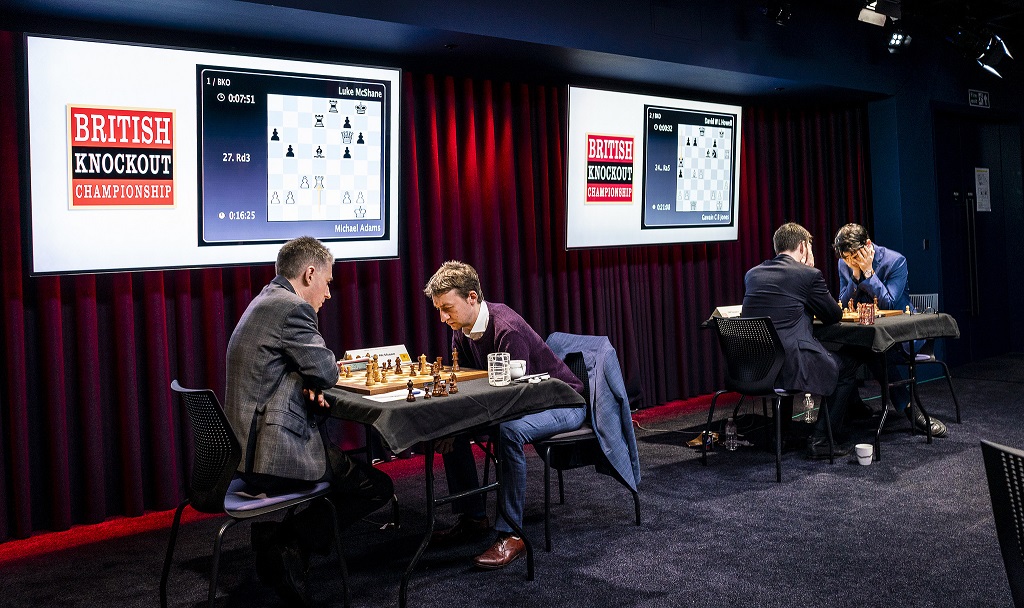
The strongest players reached the semi-finals | Photos: Lennart Ootes / London Chess Classic
The rounds prior to the semi-finals were played with a demanding schedule of two classical games per day, plus rapid and Armageddon to break a tie if needed. The final four, however, played two classical games in consecutive days, with two rapid games and four blitz games to follow. A classical win was worth six points, a rapid victory four points, and two points were at stake in each blitz game.
Jones too strong in blitz
Gawain Jones was paired against David Howell. Although the latter is higher rated in classical chess, Jones is ahead, both in rapid and blitz (he is currently number 25 in the live blitz rating list). However, Gawain made a strong impression by beating Howell in the second classical game, when he had the white pieces. He had two pawns for a knight, but Howell's king was vulnerable — Black was not careful enough in the following position:
 Gambit play and the joy of sacrificing is an important part of the improving process. In order to become a strong player you must learn to attack and make combinations. Many continue to play in an aggressive style throughout an entire chess lifetime!
Gambit play and the joy of sacrificing is an important part of the improving process. In order to become a strong player you must learn to attack and make combinations. Many continue to play in an aggressive style throughout an entire chess lifetime!
Howell needed to play 24...Ne8 to get the possibility of defending with the knight from g7. However, he chose the seemingly natural 24...Ra5?, when after 25.Bxe6 fxe6 26.Rg6+ Kf7 27.Qh6 Black is already in deep trouble.
Jones took the knight soon enough and used his queen-and-rook tandem to harass Black's weak king and take the six points allotted for a classical win after 45 moves.
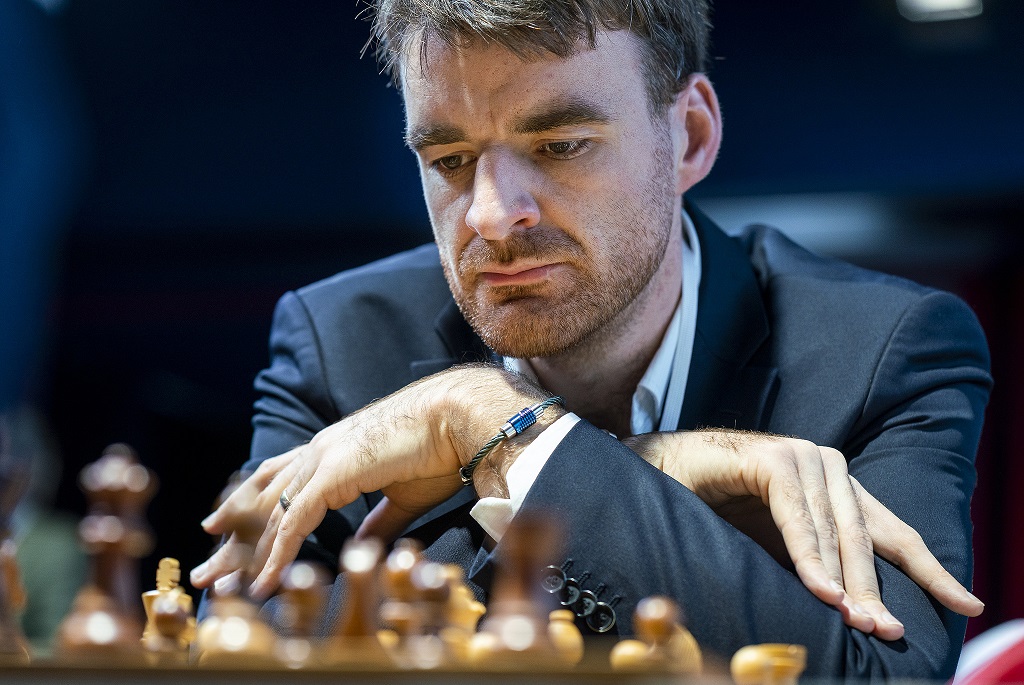
The defending champion, Gawain Jones | Photo: Lennart Ootes / London Chess Classic
David Howell needed to come back in the third day, and he started off on the right foot by winning the first rapid game using a Caro-Kann Defence with Black. In an endgame where Black had four pawns — two doubled — and a bishop against White's knight and three pawns, Howell showed patience and effective technique to mate his opponent in no less than 96 moves.
The gap was only two points and Howell, who was trailing, had White in the next four-point rapid encounter. Probably Gawain's strategy to force his rival to play until mate in the previous games paid off now, as David was not in the mood to push for a fight and accepted a quick 25-move draw, putting all his hopes in the blitz section.
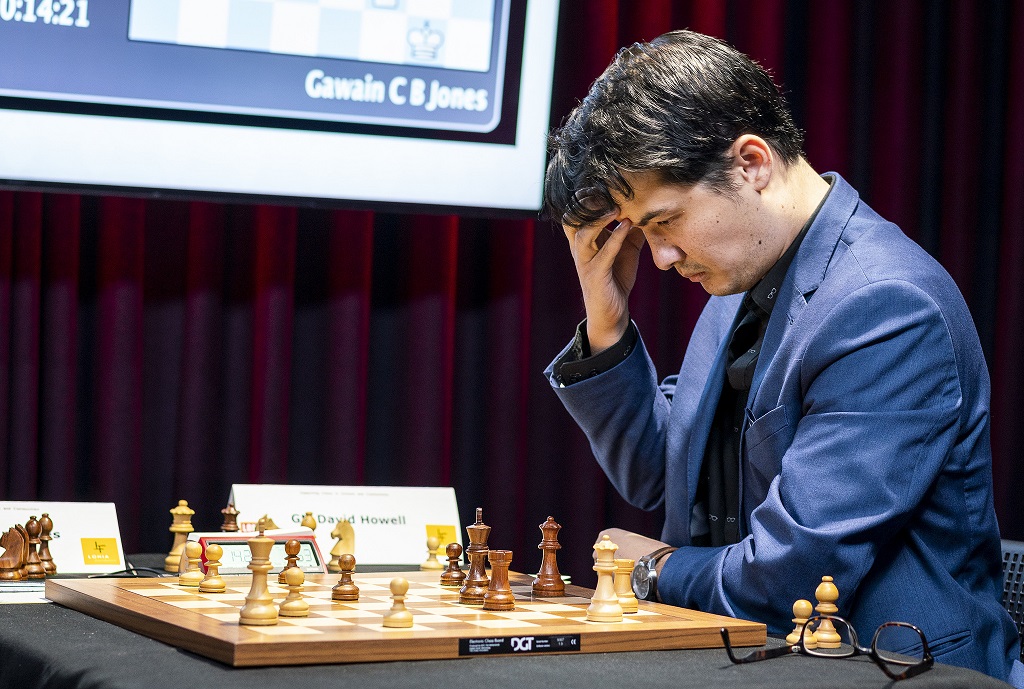
Howell started the rapid section with a win | Photo: Lennart Ootes / London Chess Classic
Here is when the defending champion (Jones) proved he had better nerves. He started by taking down his opponent's trusted Caro-Kann. In a sharp position, Howell had correctly sacrificed an exchange, but in the ensuing endgame with queens on the board, his sense of danger failed him, as he allowed his opponent to build a decisive attack from a dynamically balanced situation.
Four points behind, Howell had three games to round up a comeback. He was a piece up for two pawns in the following game and missed some opportunities to convert his positional advantage. Nevertheless, he reached an endgame which a player of his calibre should not lose even with this time control:
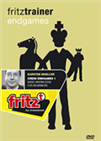 Endgame theory constitutes the foundation of chess. You realize this in striking clarity once you obtain a won endgame but in the end have to be content with a draw in the end because of a lack of necessary know-how. Such accidents can only be prevented by building up a solid endgame technique. This is Karsten Müller‘s fi rst DVD and the grandmaster from Hamburg and endgame expert, here lays the foundation for acquiring such a technique. The fi rst part of his training series can be started without any endgame knowledge, only a knowledge of the rules of chess is assumed.
Endgame theory constitutes the foundation of chess. You realize this in striking clarity once you obtain a won endgame but in the end have to be content with a draw in the end because of a lack of necessary know-how. Such accidents can only be prevented by building up a solid endgame technique. This is Karsten Müller‘s fi rst DVD and the grandmaster from Hamburg and endgame expert, here lays the foundation for acquiring such a technique. The fi rst part of his training series can be started without any endgame knowledge, only a knowledge of the rules of chess is assumed.
White played the losing 103.Ka4?, allowing 103...Kc4 and finding himself compelled to resign after 104.Ba3. Like in the first rapid game, Jones' persistence paid off. Gawain had already secured the victory of the match with two games to go.
Howell actually had a winning position in the following game, but could not find the right continuations to queen his d-pawn and ended up losing yet again. A 47-move draw was the last result in a match that finished with an 18:10 score that might be misinterpreted — Jones did not always get better positions but was clearly more in control under pressure.

Two former British champions — Jones did it twice and Howell managed thrice | Photo: Lennart Ootes / London Chess Classic
Adams almost does the impossible
The match that faced England's number one with England's number five was full of fireworks and finished accordingly. In the first classical game, McShane played the Italian with White and a fierce fight began. Sacrifices were made by both sides on the kingside — Luke was down an exchange but had better attacking chances. The following sequence shows just a glimpse of a remarkable battle:
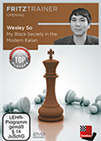 The Italian Game is considered a sound but quiet opening without early trades, giving rise to rich positions where plans are more important than forced variations. So shows black's plans on this DVD.
The Italian Game is considered a sound but quiet opening without early trades, giving rise to rich positions where plans are more important than forced variations. So shows black's plans on this DVD.
At this point, with his knight en prise, McShane gave up an exchange with 26.Rxf6 gxf6 27.Qxf6+. While being low on time, the players continued making precise moves and signed a draw by repetition soon afterwards. There was reason to think this would be a great match to follow.
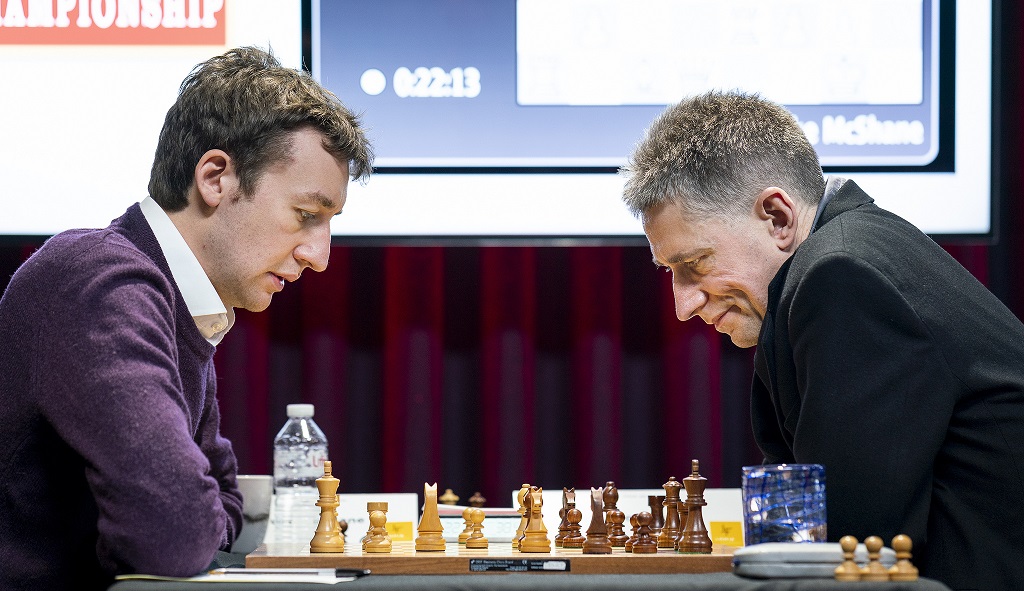
It was an exciting match | Photo: Lennart Ootes / London Chess Classic
In the next game, Adams had a clear initiative and very good chances in the middlegame, but McShane defended stubbornly all throughout. In the final position, White had a queen and five pawns (although one was practically lost) against Black's two rooks and three pawns. Mickey looked endlessly for ways to make progress but eventually settled for a draw by repetition. The encounter lasted 85 moves.
The rapid and blitz day started with a bang, as McShane won both four-point games to get an apparently impossible-to-overcome advantage. In the first 25+10 encounter, Mickey chose the Berlin Defence. It is not often that we see a white king mated on d7 (!) in this setup, known for its solidity:
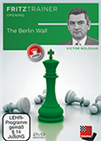 On top level the Berlin Defense is a popular defensive weapon but it also offers Black good chances to win if White does not proceed precisely. On this DVD Victor Bologan shows what Black can and should do if White tries to avoid the main lines of the Berlin Defense.
On top level the Berlin Defense is a popular defensive weapon but it also offers Black good chances to win if White does not proceed precisely. On this DVD Victor Bologan shows what Black can and should do if White tries to avoid the main lines of the Berlin Defense.
Luke went on to win the next game after converting a slight advantage in a rook endgame. As is advised by trainers all around the world, he followed the rule "activity is key in these supposedly drawish positions". With this result, Adams needed to win all four blitz games to recover from the eight-point deficit. A single draw was enough for McShane to reach the final...
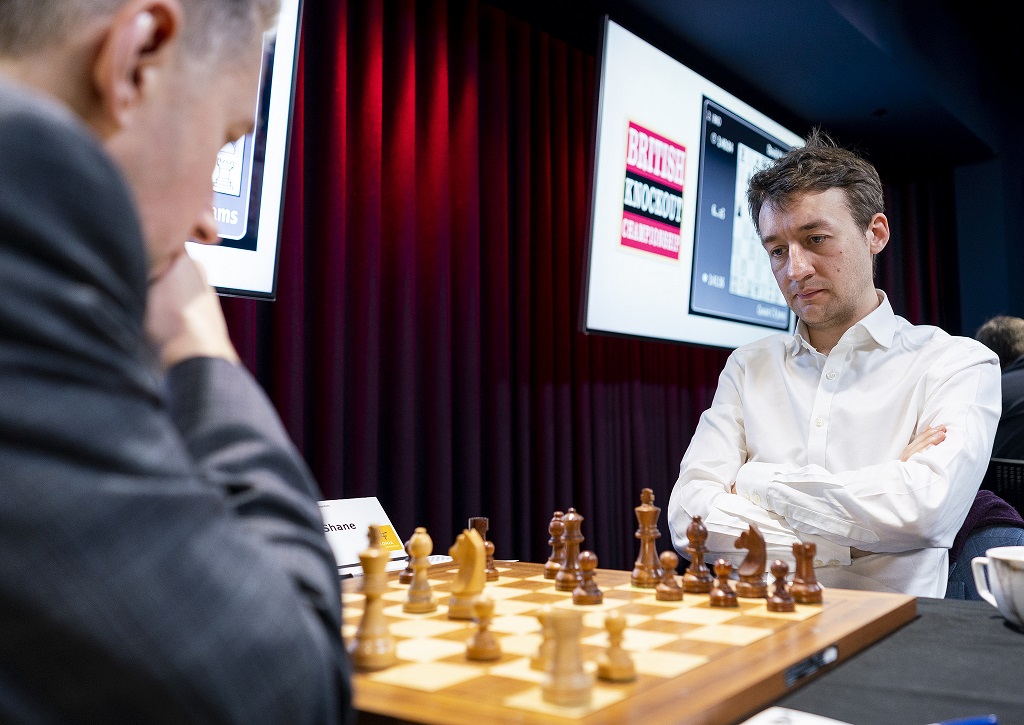
Luke was in control during the rapid games | Photo: Lennart Ootes / London Chess Classic
Adams started the blitz section with a white win in which he showcased his strength in closed positional setups. McShane still had no big reasons to worry.
In the second 5+3 game, McShane was actually winning with a strong passed a-pawn and Adams' king insecure on g5. However, the evaluation turned upside down on move 36, when Luke underestimated a series of exchanges — Mickey's king went from vulnerable to strong-and-active in about six moves. After 69 moves, Adams signed a second win in a row. The comeback did not seem impossible anymore...
Apparently, nerves started to creep in McShane's mind, as he was completely steamrolled in the next game. The momentum was clearly on Adams' side and an Armageddon already seemed highly likely by now.
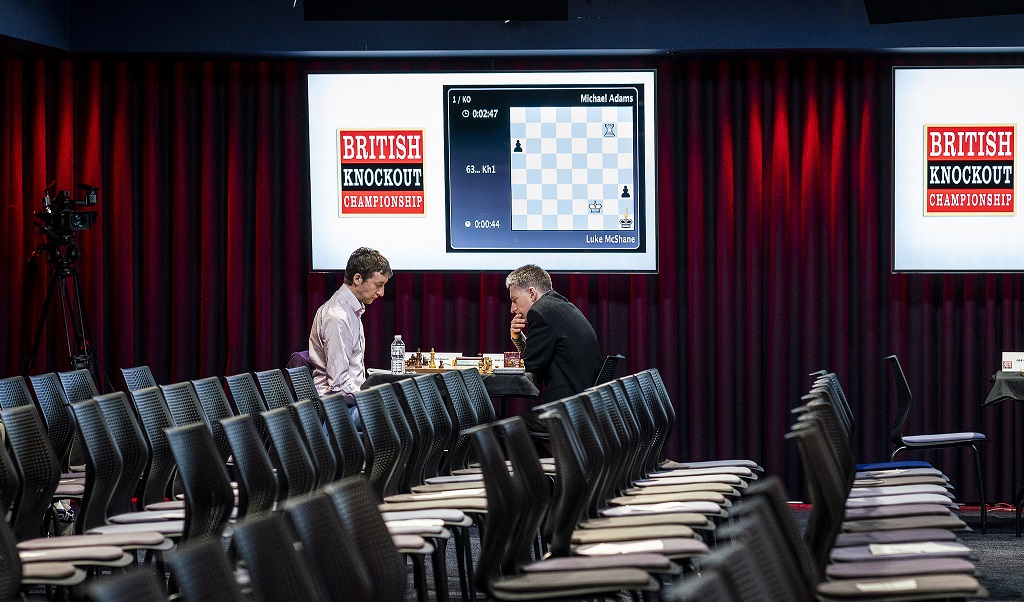
The two players were the only ones left in the empty hall | Photo: Lennart Ootes / London Chess Classic
And then came game four. The uncompromising style shown by both players was not absent in the high-pressure encounter. A sharp opening left Black (Adams) with good dynamic chances against White's slightly open king:
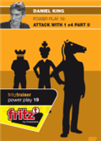 Finally clear attacking plans against the Scandinavian, Pirc, Alekhine & Co! Let Daniel King show you how to pressurize these openings right from the start,
forcing your opponents into mistakes.
Finally clear attacking plans against the Scandinavian, Pirc, Alekhine & Co! Let Daniel King show you how to pressurize these openings right from the start,
forcing your opponents into mistakes.
Black had taken on d3 in the previous move, trusting that he could threaten mate on g2 with decisive effect by following with 23...Qd5? — sadly for him, while calculating the complications after an eventful (and probably tiring) day, he missed the simple 24.Ne7+ fork, winning the queen. Adams' 22...Nxe3 idea was not wrong by the way, as the computer suggests that after 23...Qd6, for example, the position is still dynamically balanced.
McShane went on to win the game and the match after 29 moves. A close call for the 34-year-old Londoner!
Semi-final results

All games
IM Lawrence Trent analyses the British KO
Links































